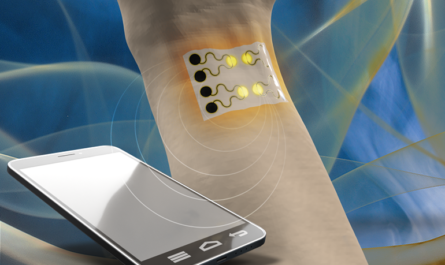A recent trial published by The BMJ has found that a commonly used treatment for calcific tendinopathy in the shoulder provides no significant benefit over placebo. Calcific tendinopathy is a painful condition caused by the accumulation of calcium in the rotator cuff tendons of the shoulder.
The treatment in question is ultrasound guided lavage, where saline is injected into the calcium deposits to dissolve them, along with a steroid injection. The trial compared the effectiveness of this treatment to sham (placebo) treatment.
The researchers state that the findings of the trial raise doubts about the use of ultrasound guided lavage for calcific tendinopathy and call for a critical review of existing treatment guidelines.
Up until now, ultrasound guided lavage had not been compared to sham treatment, so it was uncertain whether any reported improvements were due to the treatment itself, natural recovery, or the placebo effect.
To address this gap in evidence, researchers in Norway and Sweden conducted the first sham controlled trial to determine the true effects of ultrasound guided lavage with a steroid injection for patients with calcific tendinopathy of the shoulder.
The trial involved 218 adults with persistent symptoms of calcific tendinopathy for at least three months. The participants were randomly divided into three groups: lavage plus steroid injection, sham lavage plus steroid injection, and sham only. All participants were also asked to follow a home exercise program after treatment.
The main measurement used to assess the effectiveness of the treatments was pain intensity and functional disability, reported by the patients using the Oxford Shoulder Score. The scores were collected at various intervals over a period of two years.
The results of the trial showed that there was no significant difference in pain and functional limitation among the three treatment groups after four months. These scores remained similar in subsequent assessments, even in patients whose calcium deposits had disappeared. This challenges the belief that dissolving the calcium resolves the symptoms.
However, the groups that received a steroid injection did report slightly better pain relief than the sham group at two and six weeks after treatment. Nevertheless, the improvements at four months were no different than those in the sham group.
The researchers note several limitations of the trial, such as the absence of a no-treatment group to observe the natural course of the condition. Nevertheless, they conclude that the trial’s design, which included a double-blind, three-arm structure with a sham group, allowed them to accurately assess the true clinical effect of the treatment.
Therefore, the researchers argue that these results question the current recommendations for the treatment of calcific tendinopathy. They suggest that future studies should explore alternative treatments, such as specific physiotherapy programs, and include a no-treatment group to determine any influence of the condition’s natural course on the results.
In an accompanying editorial, US researchers express the view that lavage may be overused and not as effective as previously thought. However, they caution against prematurely dismissing ultrasound guided lavage or subacromial corticosteroid injection as treatments for calcific tendinopathy. They suggest that these findings should inform discussions with patients and offer reassurance that time can help alleviate symptoms and corticosteroids may provide temporary pain relief.
Additionally, the editorial suggests that future studies should include a sham control group, assess treatment response earlier in the symptomatic course, and explore the potential of ultrasonographic classification systems to better predict treatment response.
*Note:
1. Source: Coherent Market Insights, Public sources, Desk research
2. We have leveraged AI tools to mine information and compile it



